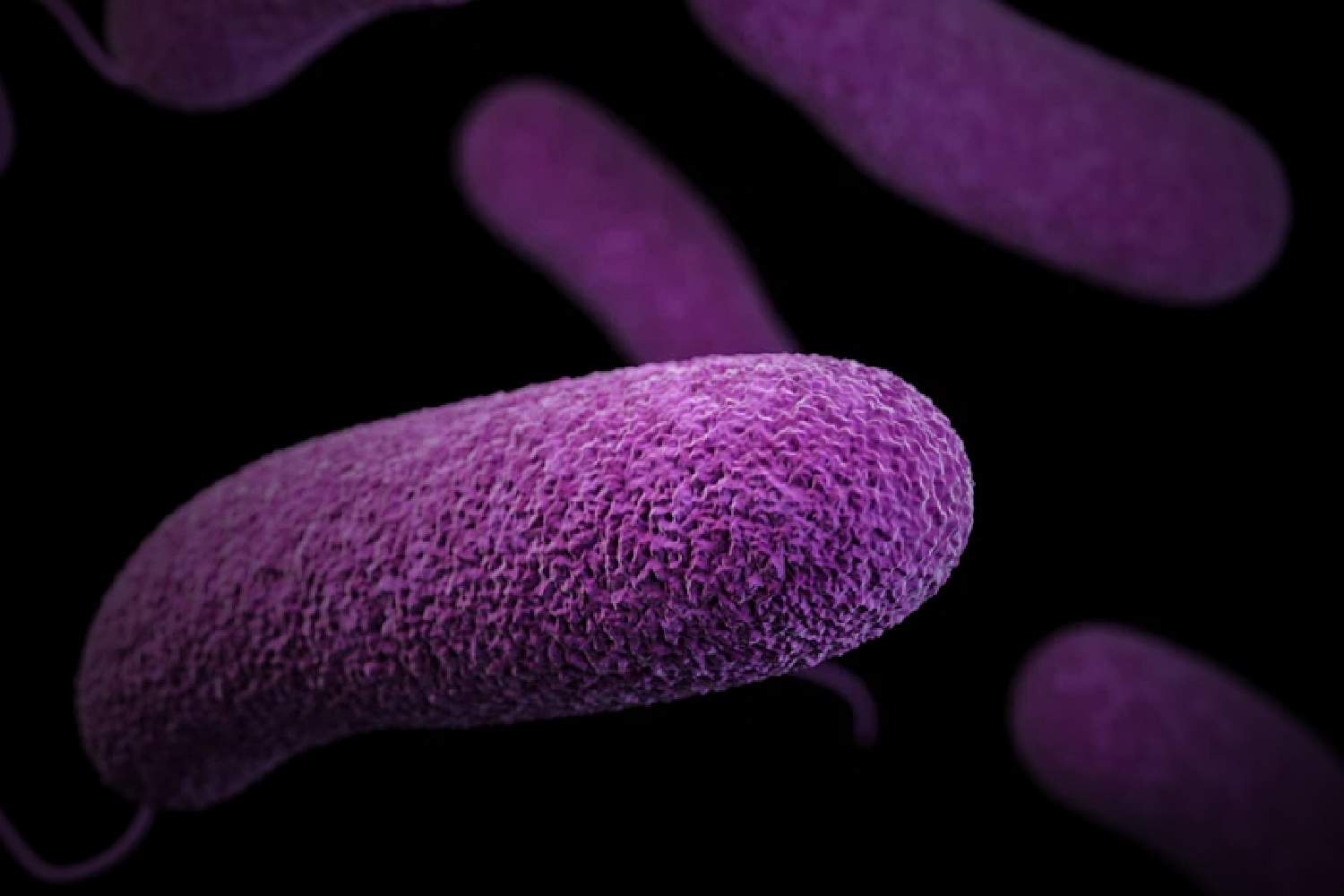A rare and dangerous bacteria known as Vibrio vulnificus—commonly called “flesh-eating bacteria”—is slowly spreading in parts of the Southern United States.
What is the flesh-eating bacteria and where is it spreading?
The Centres for Disease Control and Prevention (CDC) says the bacteria has been found in warm freshwater and brackish water, especially in areas like Florida, Texas, and the Gulf Coast.
This type of bacteria can cause serious infections when it enters the body through open cuts or wounds. In some cases, it can destroy skin and muscle tissue, which is why it’s called “flesh-eating.”
Health officials have confirmed that four people in Florida died from the infection in 2025 alone.
According to the CDC, the warming of lakes, rivers, and coastal waters is helping this bacteria grow and spread.
As climate change raises air temperatures, water temperatures also go up. Warmer water gives bacteria like Vibrio vulnificusthe ideal conditions to multiply.
This bacteria is usually found in:
- Warm lakes and rivers
- Brackish water (a mix of fresh and saltwater)
- Seawater near the shore
People are most at risk when they go swimming with open wounds or when they eat raw seafood, especially shellfish, that may be contaminated.
How dangerous is the bacteria?
Flesh-eating bacteria infections are rare, but when they do happen, they are very serious. The infection can spread quickly and may lead to amputations or even death if not treated in time. Symptoms include:
- Redness or swelling around a wound
- Severe pain
- Fever or chills
- Skin turning dark or blistering
The CDC advises people to go to a doctor immediately if they notice these symptoms after being in warm water or eating raw seafood.
The CDC has also reported cases of another deadly organism called Naegleria fowleri, known as the “brain-eating amoeba.”
It thrives in similar warm freshwater environments. This amoeba enters the body through the nose and attacks the brain, causing a fatal infection called primary amebic meningoencephalitis (PAM). It is not spread by drinking water or from person to person.
One young boy in South Carolina recently died after swimming in a lake where this amoeba was present.
How to stay safe
The CDC says there are steps people can take to reduce their risk:
- Avoid swimming in warm freshwater if you have cuts or open wounds
- Don’t swim in water that looks dirty or stagnant
- Use nose clips or hold your nose shut if diving into lakes or rivers
- Wash cuts and scrapes immediately after being in water
- Cook seafood thoroughly before eating
As the Southern US heats up, these waterborne threats may continue to grow.
Public health officials are urging people to stay informed and take precautions during summer activities.
